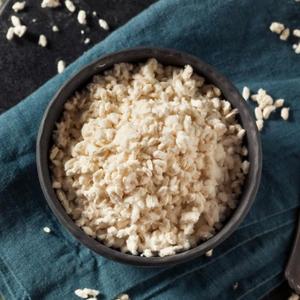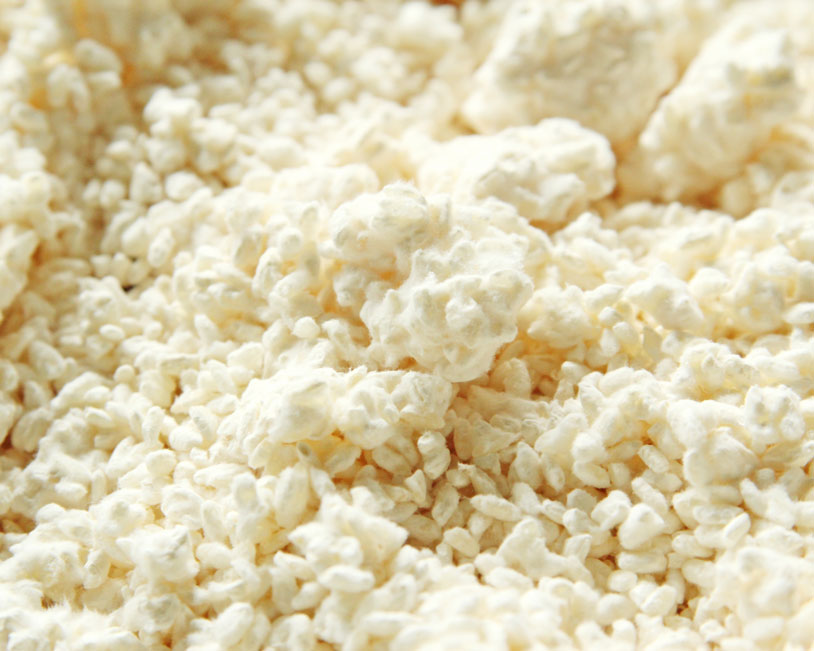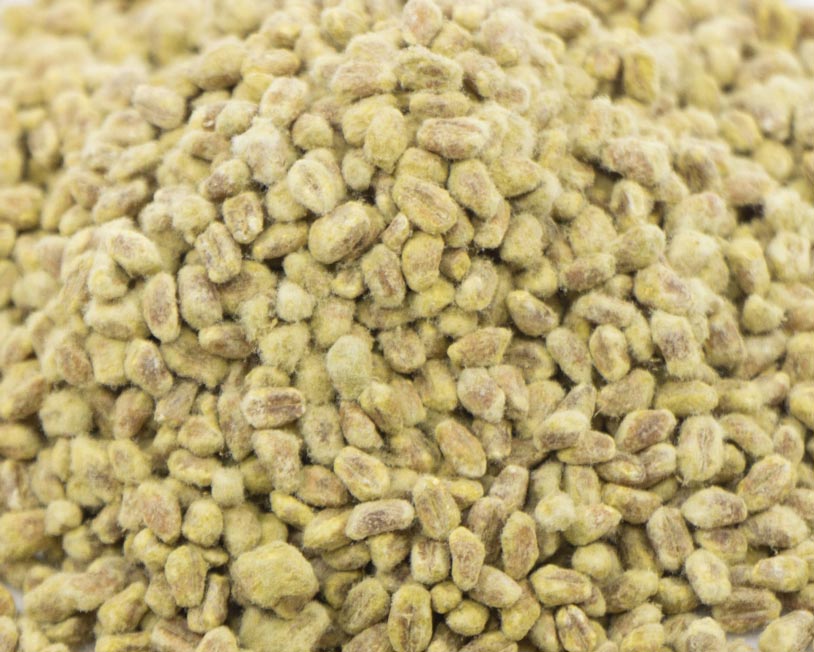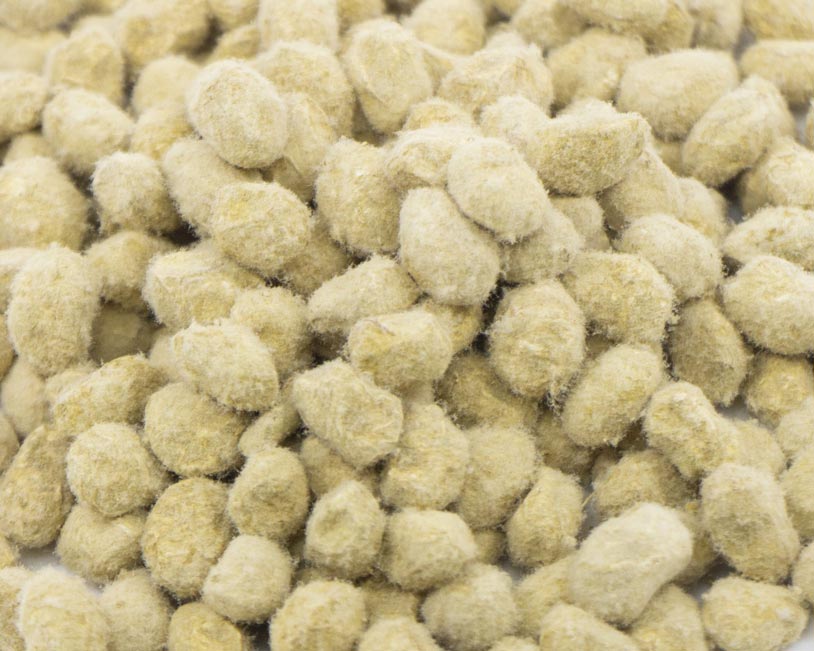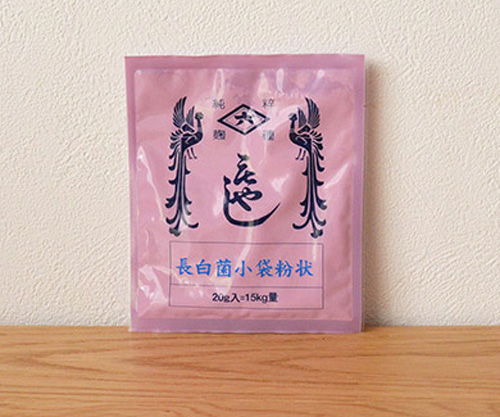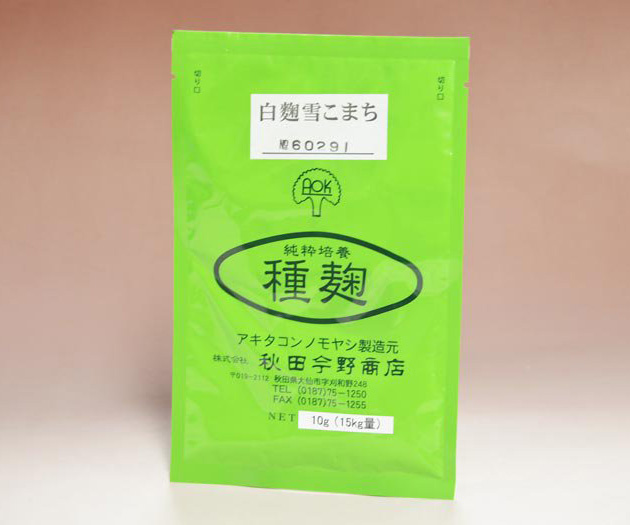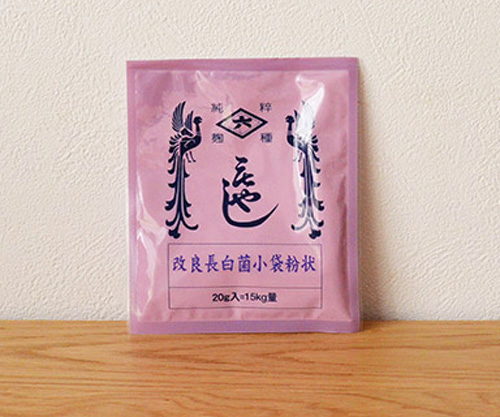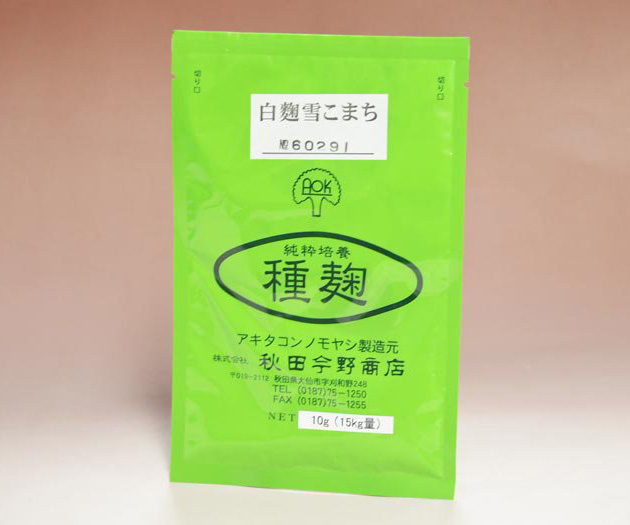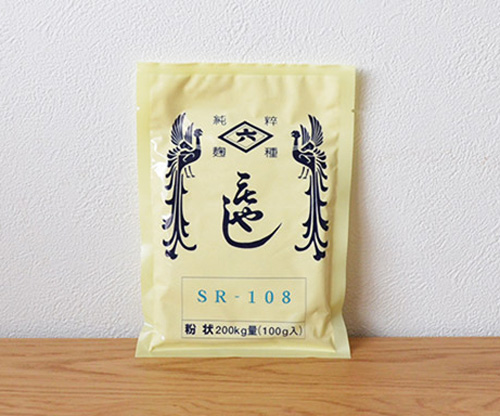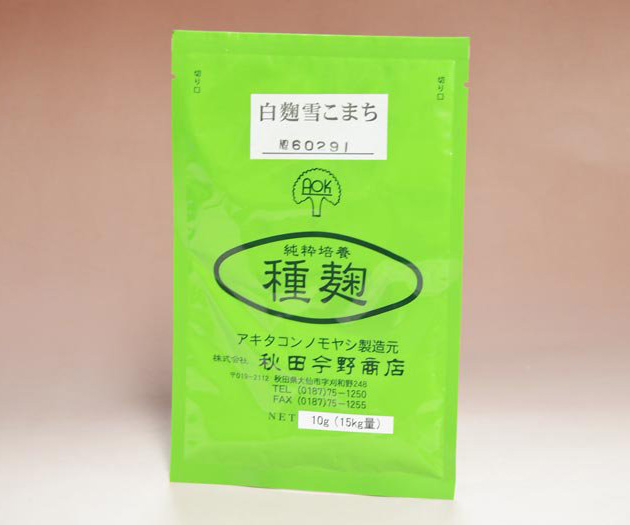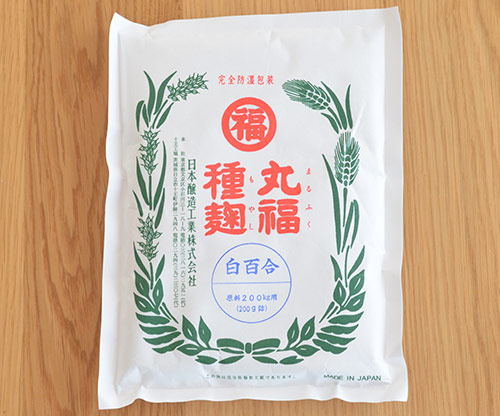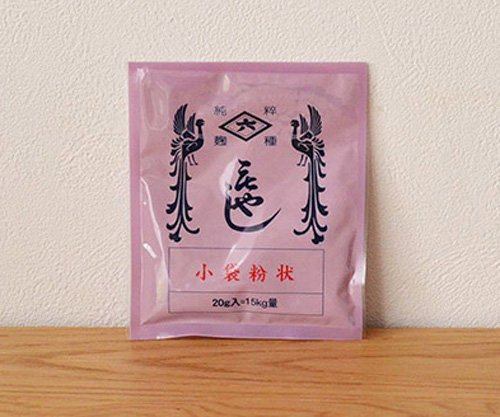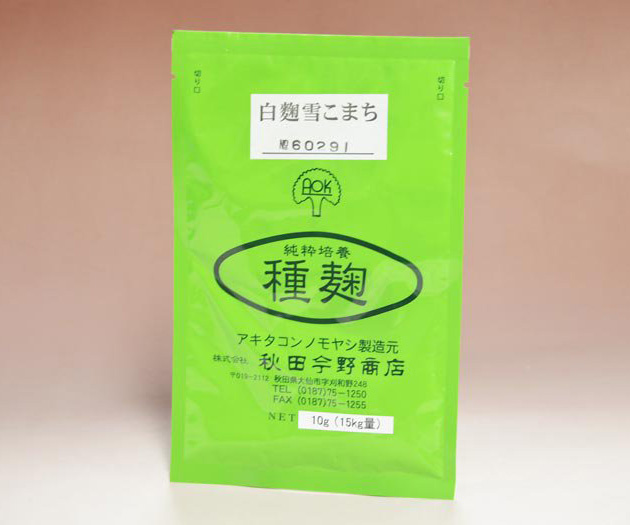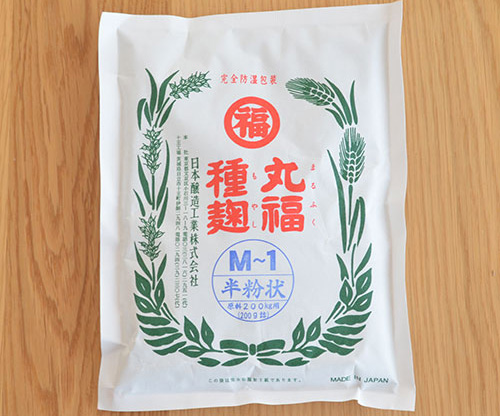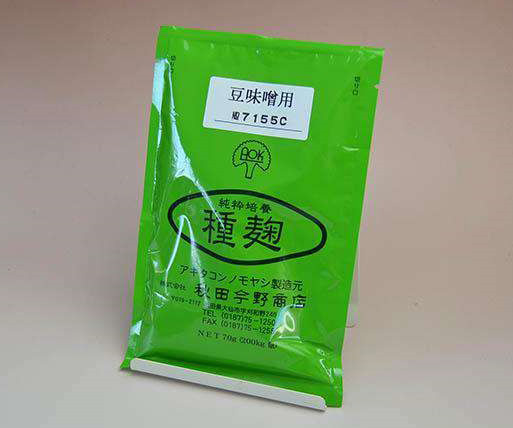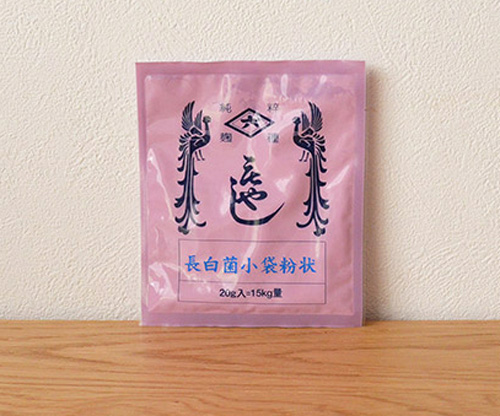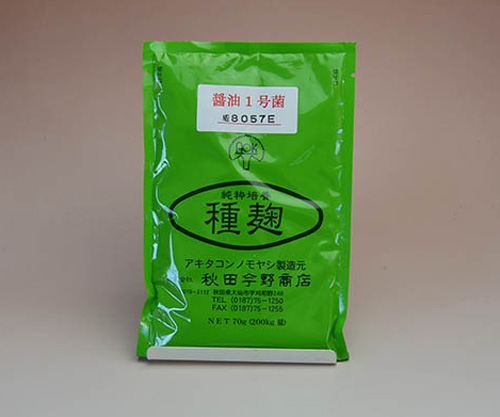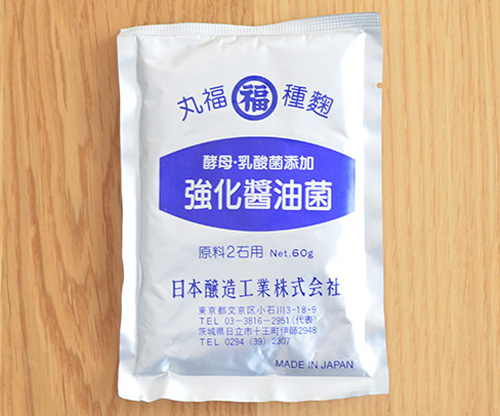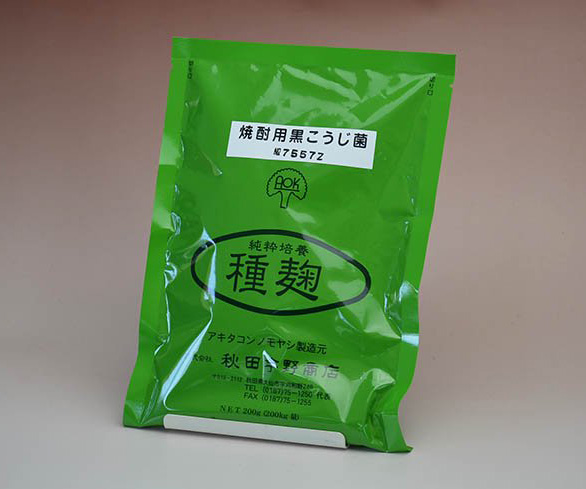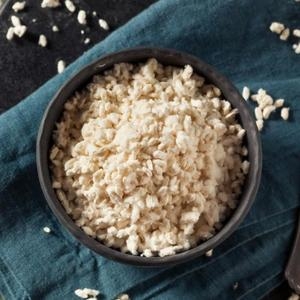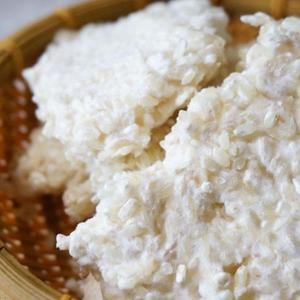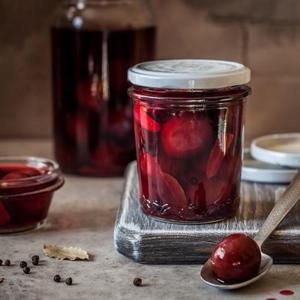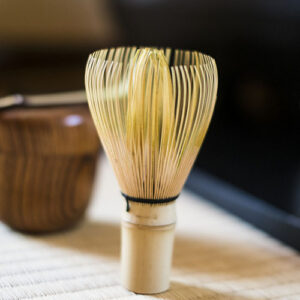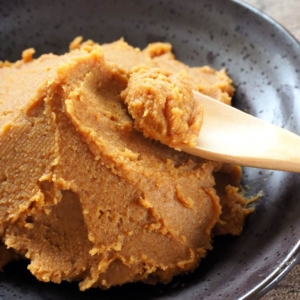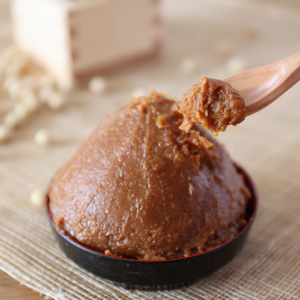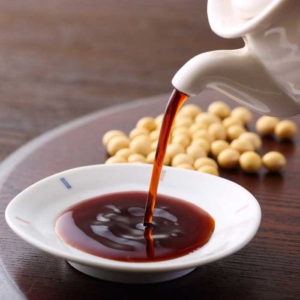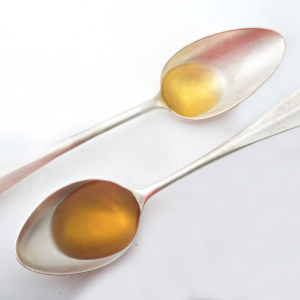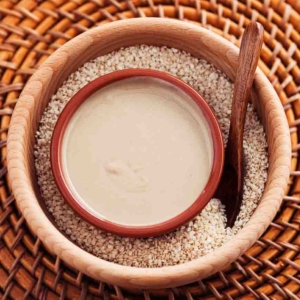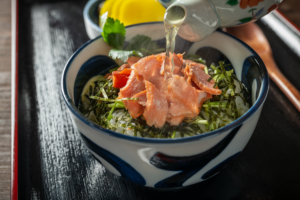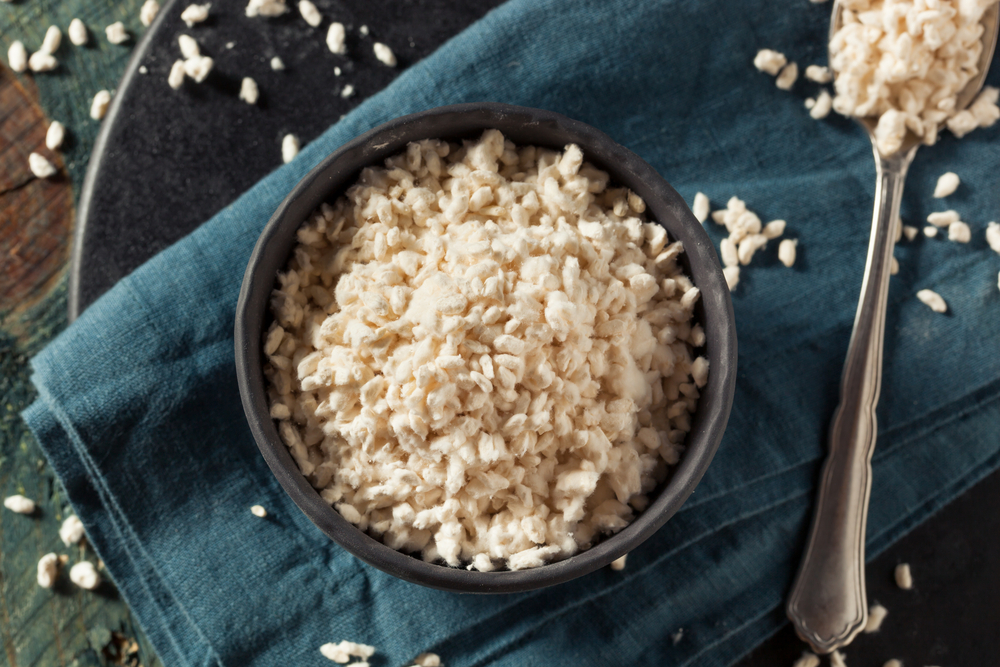
You may have heard of miso, soy sauce, amazake, shio koji and more when it comes to Japanese cooking. But do you know they all share one common ingredient? Read on to know more about Koji- our essential partner and where you can buy koji products with our curated list for your specific needs!
Where to buy Koji
Online
Online stores sell a great variety of koji, from koji starters to dried koji and so on. Therefore, it’s the most convenient choice to decide on which koji to buy based on the manufacturing method and origin.
At Kawashima The Japan Store, we also hold a variety of koji products cultivated by local, long-established professionals.
Supermarket
In Japan, you can get koji starters at regular supermarkets or department stores.
Outside Japan, you can also buy Koji Starter at family-owned, artisan koji shops. Besides that, popular options resides in online platforms across North America and Europe as demand for koji has grown, and its use has diversified from being just a fermenting agent to also being a seasoning in its own right!
Therefore, it is not uncommon to find countries outside Asia that makes koji readily available.
Asian Supermarket
Koji, especially Dried Koji can be found in Asian markets that carry Japanese foodstuffs. It is usually in the refrigerated or freezer sections.
What to know:
● The process of fermentation calls for devoted care of the ingredient, thus making it a very delicate task to fulfill. However, the past decades have seen a growing number of mass production of low quality fermented products, available to anyone at a fraction of its deserved value.
● The questionable methods of fermentation these days are detrimental towards the authenticity of koji products.
● Kindly be mindful of the manufacturers and methods employed for making koji in your next purchase.
Kawashimaya has carefully curated quality dried koji products available on our online platform. Please check out our recommended Koji products here.
What is Koji?
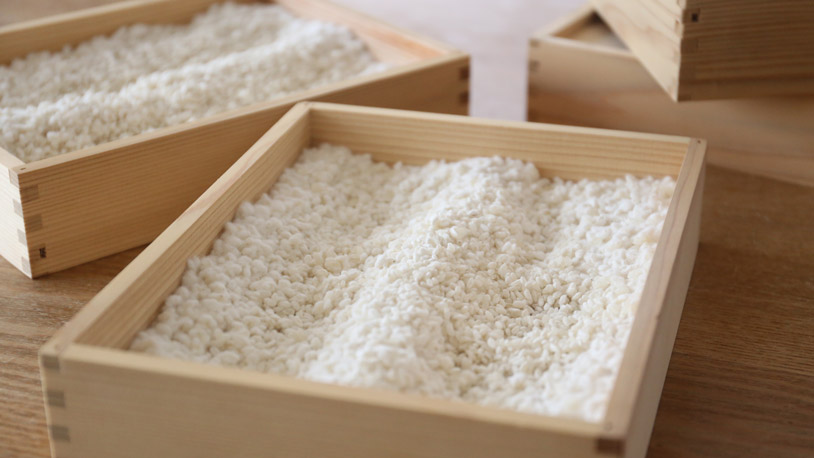
Now you’ve an idea where to buy koji. Keep reading to learn briefly about koji, kinds of koji, and the koji starter based on its usage!
Koji is steamed grains left to ferment until mould grows on them, which then allows enzymes to break down to produce glutamate (umami), sugars and amino acids under suitable temperature conditions. Therefore, koji is extensively known to be an enzyme storehouse for carrying nutrients such as vitamins, minerals and amino acids.
It is represented by regular koji (raw koji) and dried koji. The moisture content sets them apart; dried koji has approximately 10% or below moisture content whereas raw koji has 25%. Although they are different in texture, their uses remain the same.
Koji starter on the other hand, is the koji spores produced to kickstart the fermentation process.The uniqueness of koji as a starter that spurs fermentation makes it desirable for various uses. For instance, koji starter participates in the making of fermented foods such as miso, shio koji, vinegar and amazake. Miso, for one, is made by combining rice koji, soybeans, salt and water before being left to ferment.
Koji is easier to find in Japan since it is an indispensable and essential ingredient for Japanese cooking with roots tightly encircling the culture. For those residing outside of Japan and would like to experience the dietary life of Japanese people, it is immensely important to be aware of the koji quality before making a purchase.
Kinds of Koji
To make sure you choose the right koji, let’s learn the kinds of koji listed below:
Rice Koji:
Steamed rice that is fermented with koji starter. It’s versatile use has garnered a lot of interest especially for making fermented foods such as sake, miso, shoyu, shio koji, and amazake.Rice koji is easy to make at home, no matter if it is white rice or brown rice you’re using. Follow our step-by-step guide.
Barley Koji:
Used for making barley miso and barley/wheat shoyu. Miso produced by barley koji has a lighter taste compared to those produced by rice koji. The one-of-a-kind fragrance will leave a deep impression for sure!
Soybean Koji:
Widely used for soybean miso. It is cultivated by steamed soybean with koji mold. A rather interesting mixture of soybean, barley and rice koji produces Kinzanji miso which was made popular since the Kamakura period.
The Koji Starter you need
1. All-Purpose Koji Starters
Koji starter, inoculated with the mould Aspergillus Oryzae is used to make many fermented products such as sake, miso, soy sauce or shio koji.
2. Amazake
Amazake is sweet-sake with little to no alcohol content. The amazake made from only koji and rice has 0% alcohol content, so it is safe to drink for children and expecting mothers.
The amazake with low alcohol content is made by combining leftovers of sake extract, steamed rice and water. The sweet-sake is largely known in Japan as a drink for the unbearable summer heat. It’s nutritional value made it all the more popular.
3. White Miso
A shorter soybeans fermentation time frame produces white miso. It has a lighter flavor as compared to regular miso. Due to a larger ratio of rice koji than soybean, white miso is also considered sweet miso. It has a pale, light yellowish colour and a low salt content.
4. Miso
Miso is a high-protein seasoning made by adding salt and koji into steamed soybeans, rice, or barley; usually in the form of a paste. A staple compliment to any Japanese meals would be miso soup- the most popular dish using miso. Miso is generally divided into three kinds, rice miso, barley miso, and soybean miso.
5. Shoyu
Shoyu is Japanese word for soy sauce, which is a dark brown liquid made from soybeans that have undergone a fermentation process. It goes well with soft tofu or stewed foods, for making shoyu ramen, dipping sauce for sashimis and more!
6. Sake/Shochu
Sake a general term for alcohol beverages in Japan whereas shochu is a Japanese traditional hard liquor made from grains and vegetables. Although sake and shochu differ based on manufacturing methods, alcohol content and selected ingredients; they both require koji starter for the fermentation process.
Recommended Products
Here is our take on where you can buy koji; not just any Koji in sale but from manufacturers that are long-established, using 100% locally sourced ingredients and professional methods so you can buy koji that stands out!

